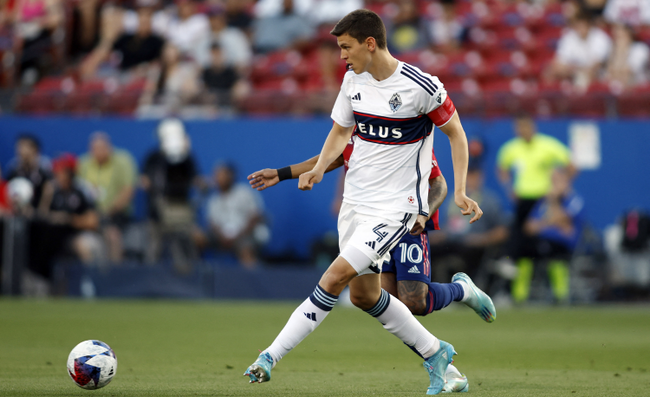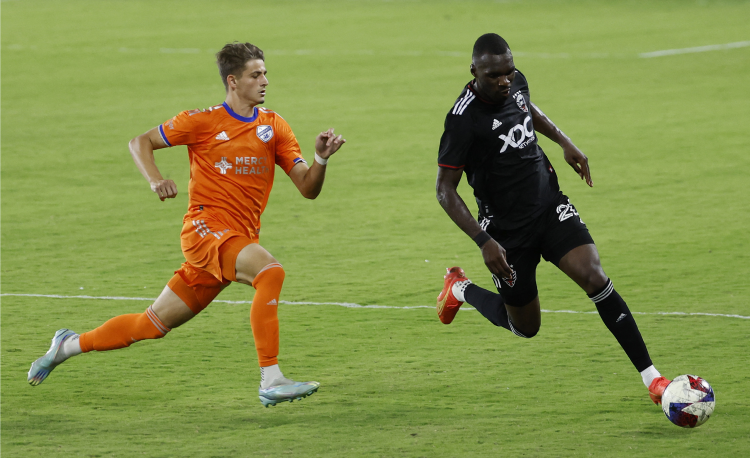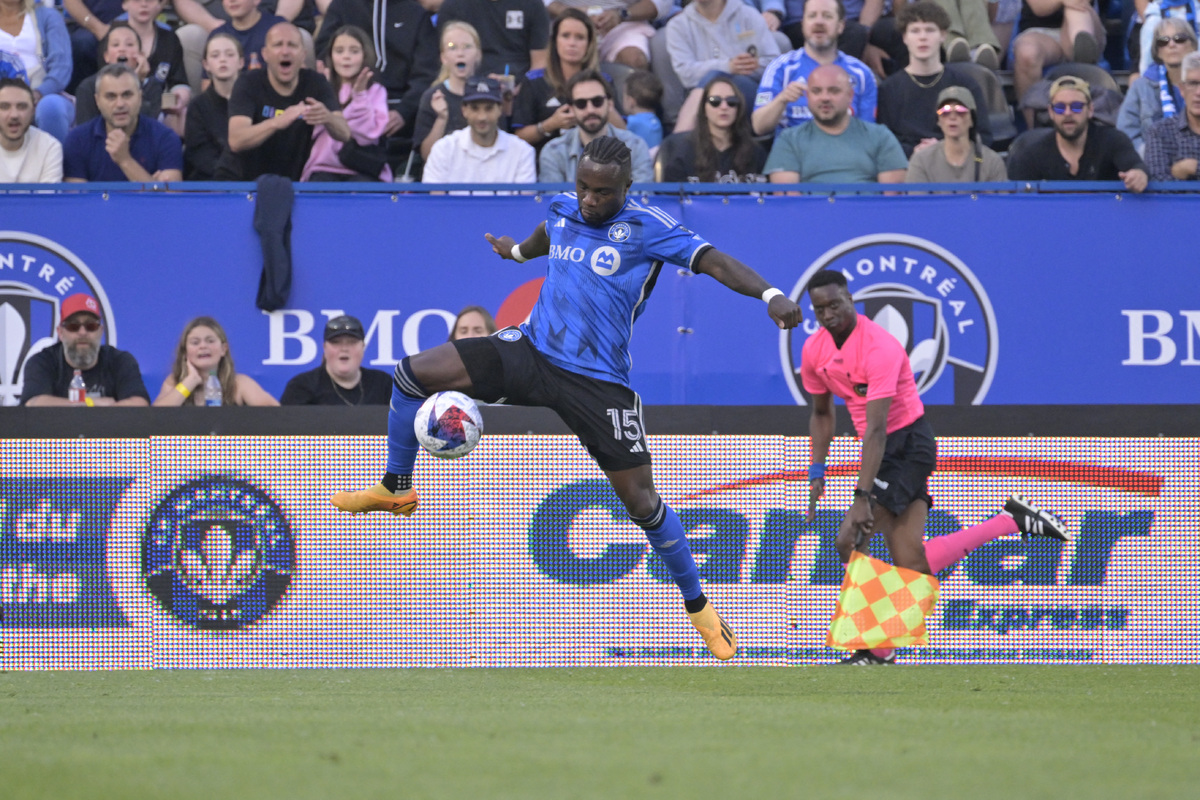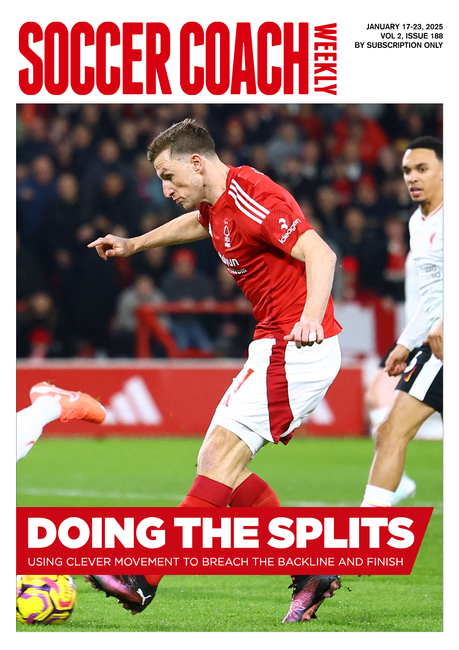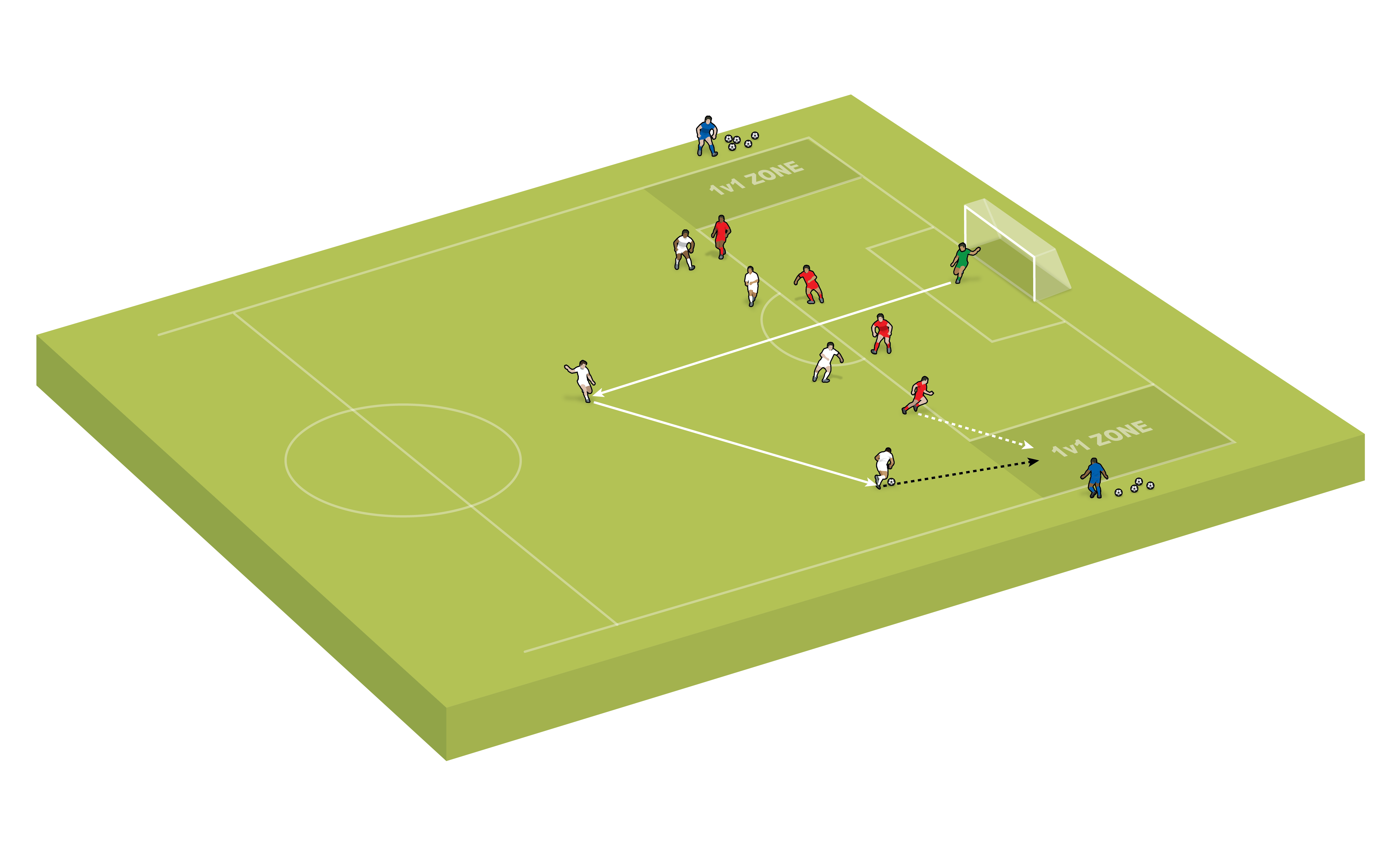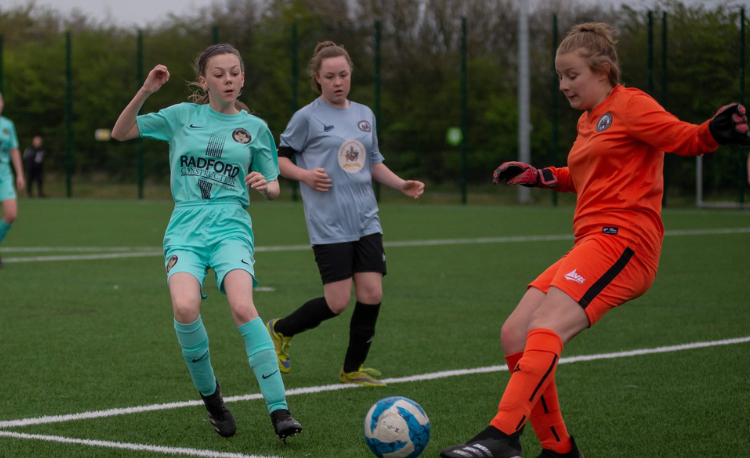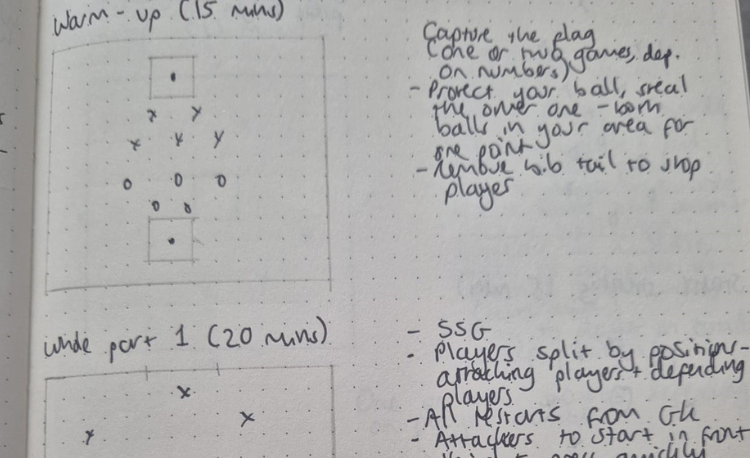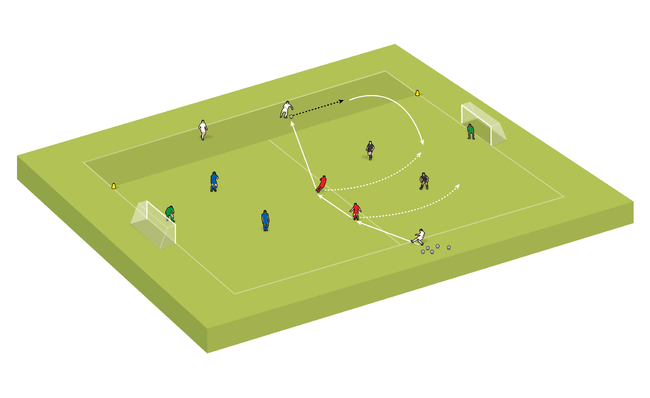What is passing?
Carl Wild takes novice coaches on a deep dive into the various ways to get the ball to team-mates and how to successfully teach the techniques. Why to pass, the different types of passes, and how to execute them...
In its most basic form, passing involves just two players - the player in possession of the ball and the team-mate they are looking to move it on to.
There are three primary reasons why we transfer the ball from one player to another...
To progress the ball up the pitch
Passing plays a significant role in the basic attacking principles of the game.
When your team has the ball, you should always look to play forward, if you can, to progress the ball up the pitch. This is so you can move away from your own goal and get closer to the opposition’s net.
Passing, rather than dribbling or running with the ball, is usually the quickest and most effective way to do this.
To retain possession
It isn’t always possible to play forward, so passing is also used to retain possession until an opportunity is found to progress the ball up the pitch.
Quite often, the most effective way to keep the ball is simply by passing it to a teammate who is in a place to play forward.
Alternatively, it might be necessary to complete a number of passes with the aim of moving and disrupting opposition players so that spaces are created through which the ball can be played forward.
To create goal-scoring opportunities
The other main way in which passing can be used is to create goal-scoring opportunities.
This can be in a number of different ways, such as playing the ball through the last line of defence to allow a player to run through on goal or by giving the ball to a team-mate who is in a position to have a shot on goal.
Passing plays an important role in most, if not all, elements of the in-possession principles and is a part of the modern game that all players will need to be able to master effectively.
With teams becoming increasingly more organised defensively, and more aggressive within a high press, players need to be able to do more than just pass - they need to have a variety of ways to do so and be able to execute them effectively and precisely.
What different types of short passes are there?
Stationary
The most basic form of pass involves playing the ball to a team-mate over a short distance while stationary. The player passing needs to have a strong and stable foundation from which they perform the action.
The key technical elements are the placement of the non-kicking foot next to the ball, pointing it towards the intended target. This is followed by the use of the inside of the other foot to strike through the centre of the ball.
Staying over the ball will help it travel across the surface, while looking at the intended target beforehand - and then at the ball as the pass is performed - will improve the accuracy.
While travelling
Players must also develop the ability to pass the ball while they are travelling with it.
In this instance the technique will likely change, with the player using the top of the foot to move the ball to a team-mate.
Using this part of the foot allows the player to disguise the pass, as they do not need to change their body shape or alter their running pattern, which they would need to do if they were to use the inside of the foot.
This makes it very difficult for an opponent to predict or recognise when the pass is about to be made, making it a lot harder for them to intercept it.
The reverse pass
A reverse pass is a disguised pass, where the ball is played in the opposite direction to the one in which the player is facing or travelling.
To achieve this, the non-kicking foot needs to be placed just behind the ball rather than next to it - otherwise it will block the path that the ball needs to travel along.
The player still needs to make contact in the centre of the ball, in terms of the height, but the foot now needs to be ‘wrapped’ around the ball with toes pointing inwards.
To add to the deception of the pass, the hips and eyes should match the direction the player is facing, so the opponent is unaware of where the ball is actually going to be played.
The chip
A chipped pass is one played through the air.
Players should position themselves further away from the ball, striking underneath the ball and leaning back slightly, allowing the ball to travel through the air and not along the ground.
No follow-through is needed - instead, the player should almost stop their action as they make contact with the ball.
What different types of long passes are there?
The driven pass
A driven pass will allow the ball to be played along the ground over a greater distance and more quickly.
It is often used to move the ball to an area of the pitch where there is more space or to get the ball forward through a small gap.
It requires the player to be positioned further away from the ball so it allows them to strike through it, with the toes pointed down and the foot locked.
The head should remain over the ball, while the outstretched arms help to provide balance and stability.
The lofted pass
A lofted pass travels through the air. It is often used for clearances, corner kicks, crosses, goal kicks, and free kicks.
The lofted pass requires the player to be positioned further away from the ball, striking underneath it and leaning back slightly, allowing the ball to travel through the air and not along the ground.
To help achieve the height and distance required, it is essential that, as the player strikes the ball, they follow through, while ensuring they remain in control of the action through a stable base.
A longer stride into the action will also make it easier to generate the height and weight needed to execute the pass effectively, as it will allow the player to perform the pass with a larger swing.
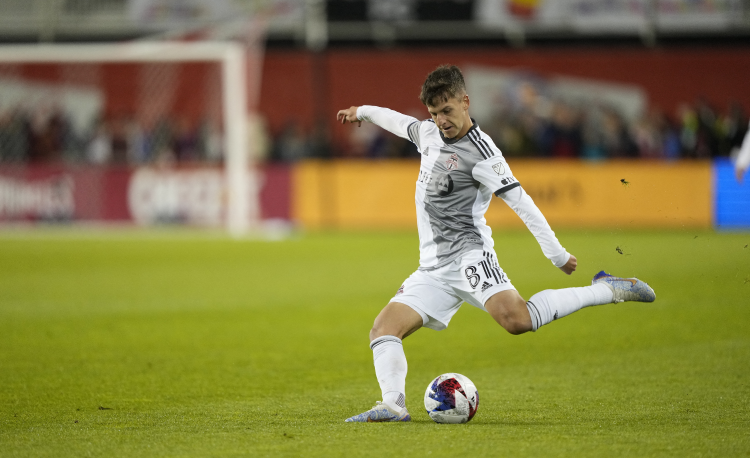
Developing a player’s passing skills
As well as being able to perform all of these types of passes, players will also need to understand when and why they should use them.
This does make it more complicated for the player - they can’t just concentrate on performing the actual pass, they also need to calculate where exactly they need to play the ball and what their team-mate receiving it wants to do with it.
For players to be able to do this, it will take a lot of time and practice. Therefore, not only is it essential that a coach demonstrates patience during the process, but it is also important that players are put in environments where they have an opportunity to perform and practice all these different types of passes.
Related Files
Newsletter Sign Up
Coaches Testimonials

Gerald Kearney, Downtown Las Vegas Soccer Club

Paul Butler, Florida, USA

Rick Shields, Springboro, USA

Tony Green, Pierrefonds Titans, Quebec, Canada
Subscribe Today
Discover the simple way to become a more effective, more successful soccer coach
In a recent survey 89% of subscribers said Soccer Coach Weekly makes them more confident, 91% said Soccer Coach Weekly makes them a more effective coach and 93% said Soccer Coach Weekly makes them more inspired.
*includes 3 coaching manuals
Get Weekly Inspiration
All the latest techniques and approaches
Soccer Coach Weekly offers proven and easy to use soccer drills, coaching sessions, practice plans, small-sided games, warm-ups, training tips and advice.
We've been at the cutting edge of soccer coaching since we launched in 2007, creating resources for the grassroots youth coach, following best practice from around the world and insights from the professional game.
